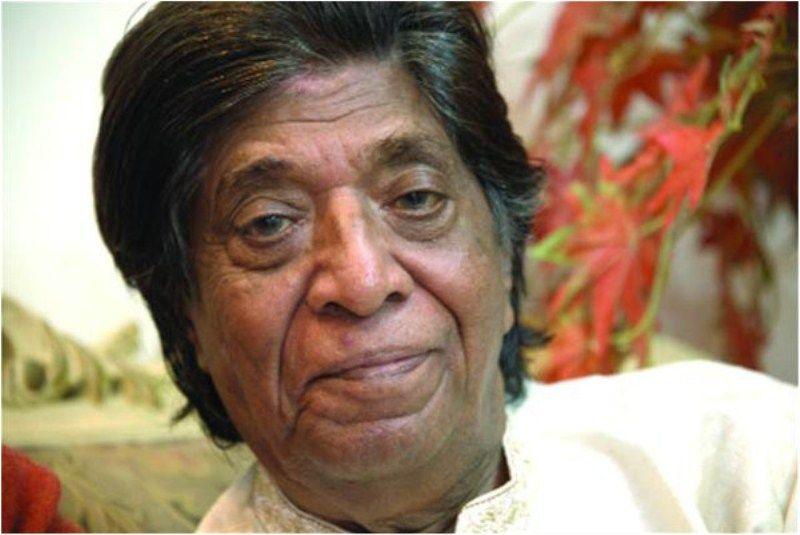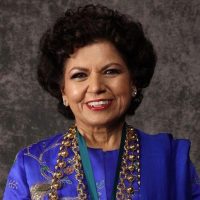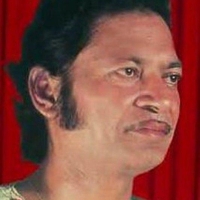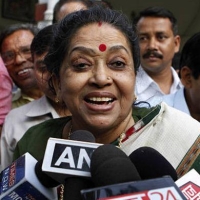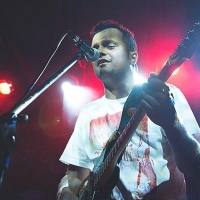| Ustad Bade Fateh Ali Khan was a renowned Pakistani vocalist who excelled in Khayal, thumri, and ghazal genres. |
| He belonged to the fifth generation of Patiala Gharana and was known for his performances of traditional and classical Hindustani music. |
| He was named after his grandfather’s friend, 'Colonel' Fateh Ali Khan. |
| Following the partition of India in 1947, he migrated to Pakistan with his family at the age of 12. |
| He was the younger brother and singing partner of the famous classical artist Ustad Amanat Ali Khan throughout his life. |
| His musical training came from his father, Ustad Ali Baksh Khan, and his elder brother, Ustad Amanat Ali Khan. |
| He began singing and recording music at a young age alongside Ustad Amanat Ali Khan. |
| Besides classical music, he also received training in Dhrupad, a medieval genre. |
| In the Patiala Gharana tradition, singers usually perform duets with one singing in the upper notes and the other in the lower notes. |
| In 1945, Fateh Ali and Amanat Ali performed together for a large audience for the first time. |
| After the unexpected death of Ustad Amanat Ali Khan in 1974, Ustad Fateh Ali Khan stopped singing due to depression. |
| In 1992, he collaborated with Norwegian saxophonist Jan Garbarek on the album ‘Ragas and Sagas.’ |
| He performed privately for King Zahir Shah in Kabul in 2001 at the request of French diplomats. |
| Inspired by Ustad Ashiq Khan, he affectionately referred to him as “Taya.” |
| The raga ‘Ram Saakh’ was a favorite of the Amanat Ali and Fateh Ali Khan duo from the Patiala Gharana. |
| Their thumri “Kab Aaoge Tum Aaoge” in the album ‘Raag Se Ghazal Tak’ is considered a classic. |
| Ustad Bade Fateh Ali Khan taught students worldwide, including notable disciples like 'Deeyah,' 'Haider Rizvi Alhussaini,' and 'Ahmad Wali.' |
| In an interview, he expressed that singing with his brother Amanat Ali Khan was the happiest part of his life. |
| Music expert Daud Rahbar referred to him as ‘the contemporary Taan Kaptan (the dean of tanas).’ |
